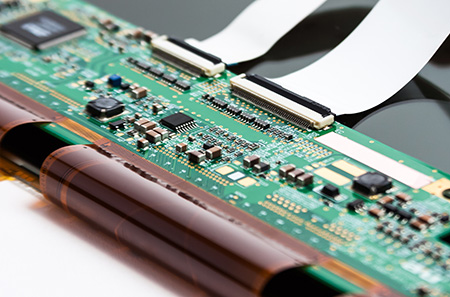EMC Question of the Week: May 18, 2020

To send a 1 Mbps CMOS digital signal a distance of 20 cm on a ribbon cable, it's important to
- use a matched termination
- use Manchester encoding
- control the transition time
- use a ferrite on the cable
Answer
The best answer is "c". The propagation delay for a signal traveling 20 cm on a typical ribbon cable is about a nanosecond. Most CMOS devices will switch faster than this, so to control ringing, we must either match the transmission line or slow the transition time. Matching should always be the option of last resort. Matched terminations increase the power dissipated in CMOS digital circuits, and they make it difficult to control the harmonic content of the signals. Using a series resistor to slow the transition time to about 40 nanoseconds (4% of the bit width) results in a good digital signal that doesn't require a matched termination. It also significantly reduces the amplitude of the harmonics above 8 MHz.
Note that ribbon cables are balanced transmission lines and sending a single-ended signal between circuit boards on a ribbon cable creates a voltage that drives the cable relative to the board. At higher data rates we would usually require a differential signal source and/or a shielded cable. However, at low data rates, we can often avoid the pitfalls associated with imperfect transmission paths by simply controlling the transition time to limit the overall bandwidth of the signal.
Have a comment or question regarding this solution? We'd like to hear from you. Email us at
